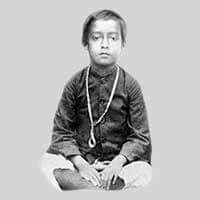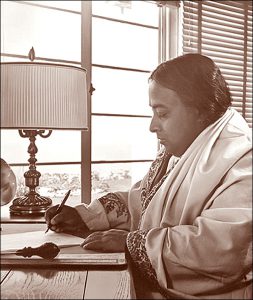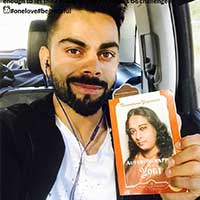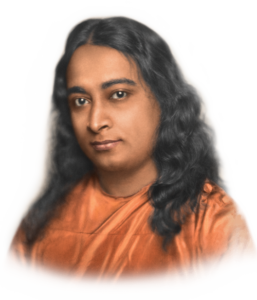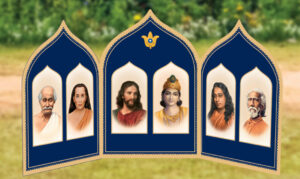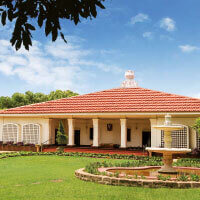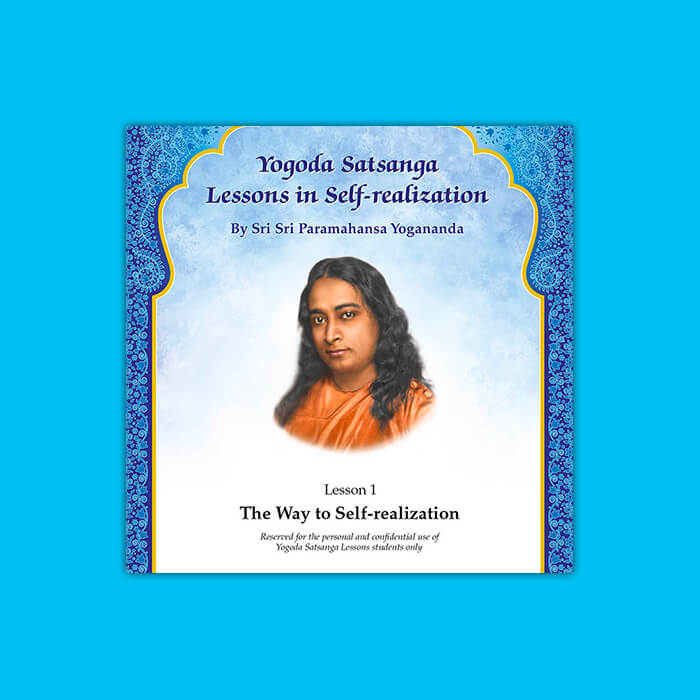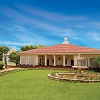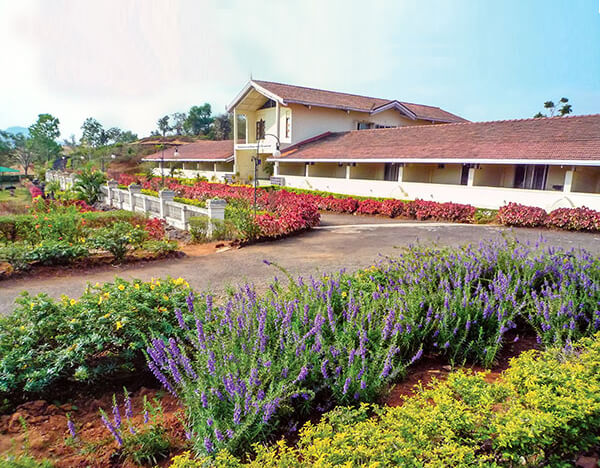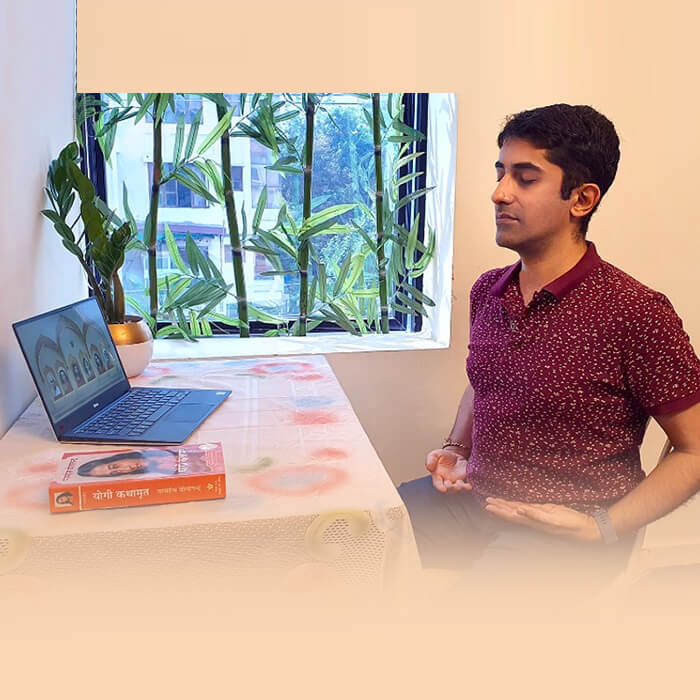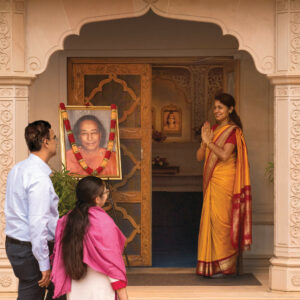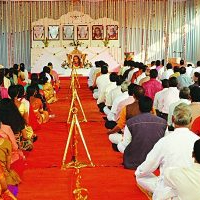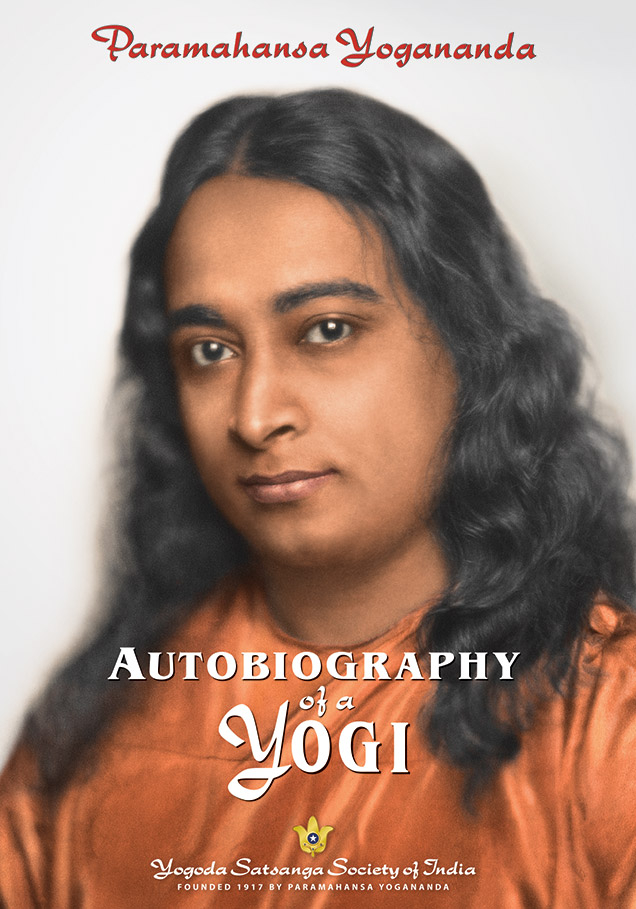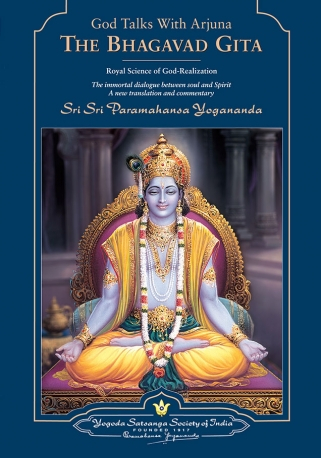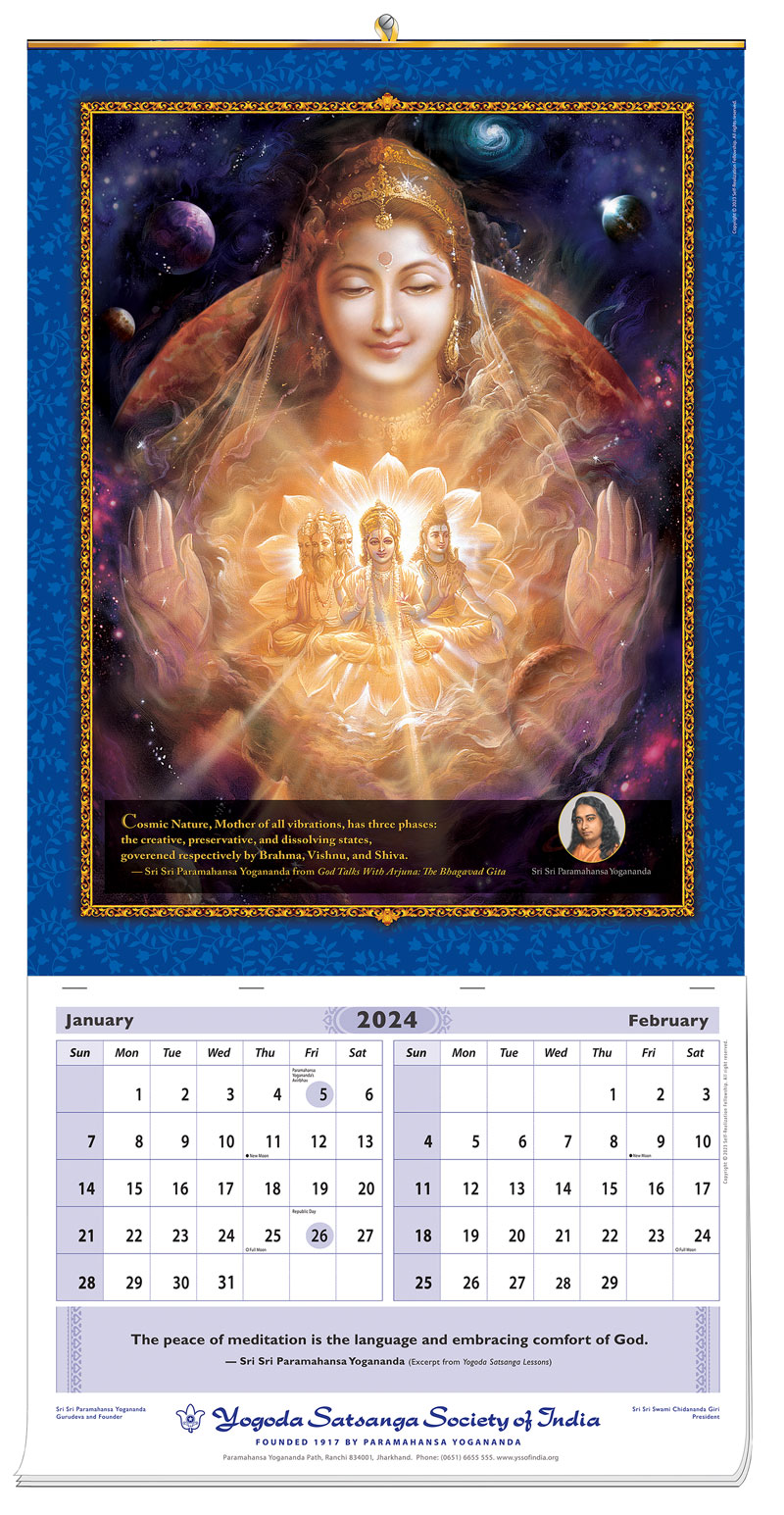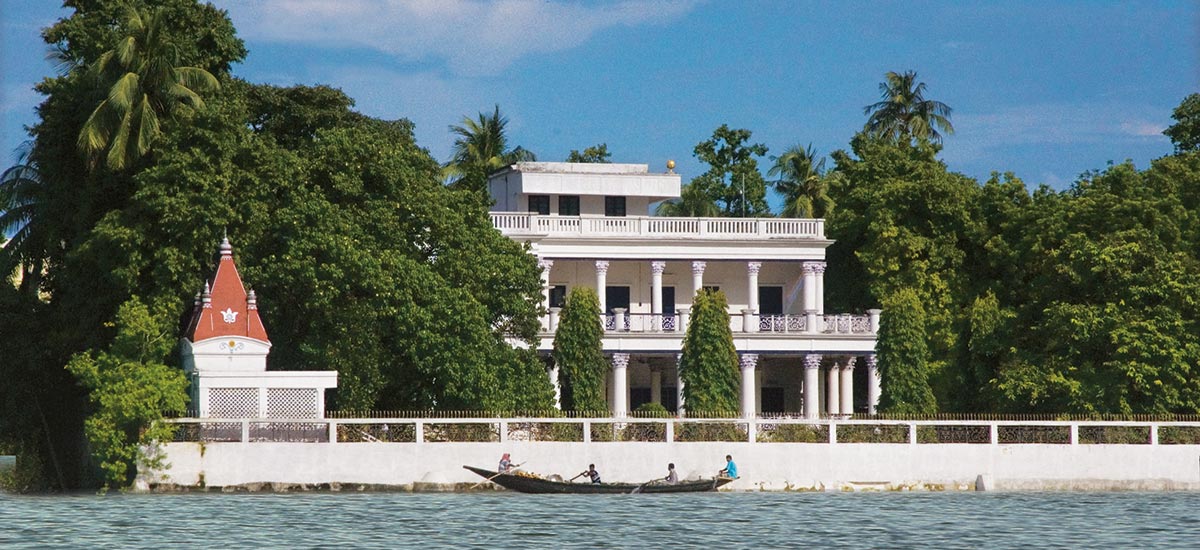
21, U. N. Mukherjee Road, Dakshineswar, Kolkata – 700 076.
Tel. +91 (33) 2564 5931, +91 (33) 2564 6208, +91 8420873743, +91 9073581656
Registered office of Yogoda Satsanga Society of India.
Email: yssdak@yssi.org
Website Link: dakshineswar.yssashram.org
Paramahansa Yogananda wrote to Rajarsi Janakananda from Calcutta during his visit to India in 1935-36, “ You would be pleased to know that I have been working incessantly for creating a permanent centre in Calcutta, the crown city of Bengal, and I think I am almost successful.” (Rajarsi Janakananda-A Great Western Yogi). Later, he wrote in his Autobiography of a Yogi, “A stately Yogoda Math in Dakshineswar, fronting the Ganges, was dedicated in 1939. Only a few miles north of Calcutta, the hermitage affords a haven of peace for city dwellers. The Dakshineswar Math is the headquarters in India of the Yogoda Satsanga Society and its schools, centres, and ashrams in various parts of India.”
The Math was originally a ‘garden house’ sprawling over two acres of land, with stables which were converted into working areas. There was a sizeable pond which is still being maintained. In recent years, a guest house, kitchen and dining areas were added for the convenience of visiting devotees from India and abroad, as envisaged by our Divine Guru.
Dakshineswar is situated north of Kolkata (Calcutta), along the eastern bank of the Hoogly river- as Mother Ganges is known around these parts. The name Dakshineswar is derived from the famous Kali temple in the neighbourhood which faces south or Dakshin. Climate is mostly warm and humid but cool in November-February.
The Math has been blessed by the presence of Sri Sri Daya Mata ji and Sri Sri Mrinalini Mata ji, who stayed here during their many visits to India
Devotees are welcome for both individual and conducted spiritual retreats. Advance booking is essential. Devotees coming to Kolkata for personal business are advised to stay outside the Ashram but are welcome to visit or stay on personal retreat after completing their business.
Important places to visit in Kolkata include Guruji’s home at 4 Garpar Road. The second floor Attic was a witness to the meditations, tears and storms of his early Sadhana . During his interrupted flight to the Himalayas, he had thrown down the bundle of his journey essentials from its window. Later, encouraged by Master Mahasaya, he had meditated here till the Divine Mother had appeared before him and assured him, “Always have I loved thee! Ever shall I love thee!
In 1920, Babaji had visited Guruji in his room. Guruji had resolved to receive Divine permission, before going to the USA. He had prayed from early morning to noon. Babaji had assured him,” You are the one I have chosen to spread the message of Kriya Yoga in the West”. That day-July 25- is celebrated by YSS/SRF devotees as Babaji Smriti Diwas. This first floor room also contains some old family photographs. Guruji’s home is well maintained by the descendents of his brother Sananda Lal Ghosh, who are courteous and welcoming to the devotees.
YSS Garpar Road centre in Bhattacharya Lane, where Guruji meditated as a youth, is just behind the house of Tulsi Bose, his childhood friend. Meditation is still conducted here every Saturday at 4.30-7.00 p.m. 50 Amherst Street is where Guruji’s mother had passed away. Later, Master Mahasaya resided here for many years. Guruji and his brother had a vision of their mother while meditating here with Master Mahasaya. The house of Bhaduri Mahasaya (The Levitating Saint) on Upper Circular Road (P.C.Road), since converted into Nagendra Math, is also open to devotees.
Serampore is about 20 km. from Dakshineswar. Most places associated with Guruji’s college years are located close to Sri Yukteswarji’s Ashram which was at Rai Ghat lane (Buro Bibi Lane). On the site of the old Ashram, stands a Smriti Mandir. Nearby is the house of Guruji’s uncle, Sarada Prasad Ghosh, where he stayed for some time. Guruji’s cousin, Prabhas Chandra Gosh, has converted Guruji’s room into a shrine and named it Anandaloka.
A few minute’s walk towards the Ganga is Rai Ghat, the place (including the Banyan tree) where Babaji gave darshan to Sri Yukteswarji after he had completed ‘The Holy Science’.
The Panthi boarding house for students, where Guruji lived for some years, is by the Ganges and a short walk from the Rai Ghat. Some parts of the old structure still remain.
Serampore College, is also on the banks of the Ganges some distance away. This is where Guruji studied for his Bachelor of Arts degree. One can go into the college building and even enter the very classrooms where he studied.
The famous Kali temple at Dakshineswar, built in 1855, is about one km from our Ashram. The sanctum sanctorum of the nine-spired temple houses an idol of Ma Kali as Bhavatarani ( Who takes Her devotees across the ocean of existence) standing on the chest of a lying Shiva; both idols are placed on a thousand-petaled lotus of polished silver.
Guruji’s close association with this temple is well chronicled in his autobiography. For example, once when he had taken his eldest sister Roma and her husband Satish to the temple, he had had a divine vision. In fact, Guruji used to often visit the temple and meditate, first in the portico in front of the temple, then in Sri Ramakrishna’s room, and then for several hours under the Banyan tree in the Panchavati where Sri Ramakrishna had received illumination. Guruji had also experienced Samadhi while meditating in Panchavati.
The 20 acre temple complex has 12 shrines dedicated to the various aspects of Shiva along the river front, a temple of Radha-Krishna and a bathing ghat on the Ganga. There is the room where Sri Ramakrishna stayed for the last 14 years of his life, with a display of several articles used by him. There is another room where the Holy Mother, Sri Sarada Devi lived. Bakul Tala Ghat is where the Bhairavi Brahmani Yogeshwari made Sri Ramakrishna her disciple in ‘Tantra Sadhana”. To the north of Bakul Tala is the wide open space called Panchavati where 5 trees of Banyan, Peepal, Neem, Amalaki and Bilwa or Bel were planted under Sri Ramakrishna’s guidance. It is here that Sri Ramakrishna had done his sadhana for 12 years, including under the tutelage of Sri Totapuri.
Sevaks at the Ashram would gladly help and assist devotees in visiting these and other places like the Belur Math, Swami Vivekananda’s home etc.


